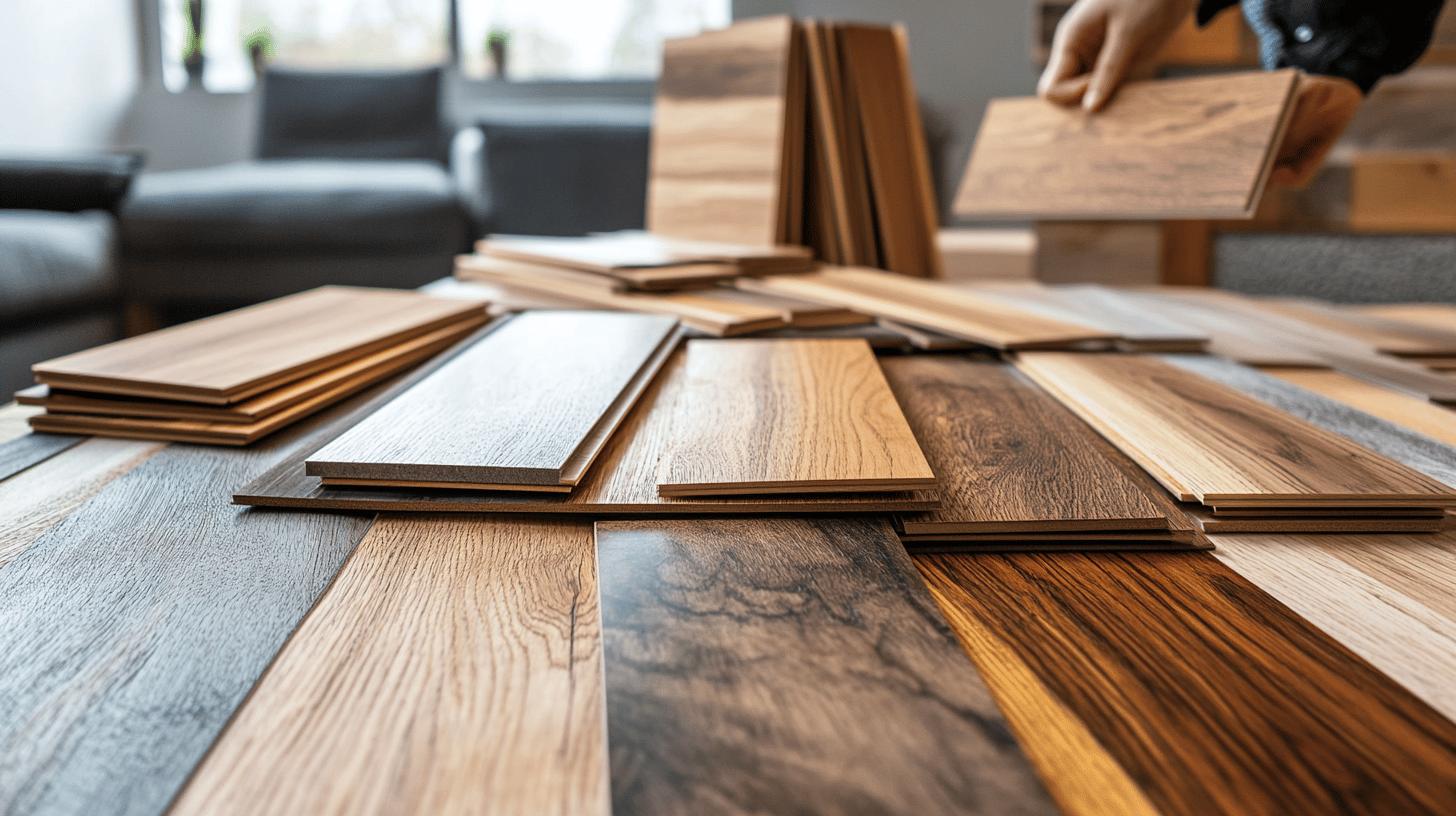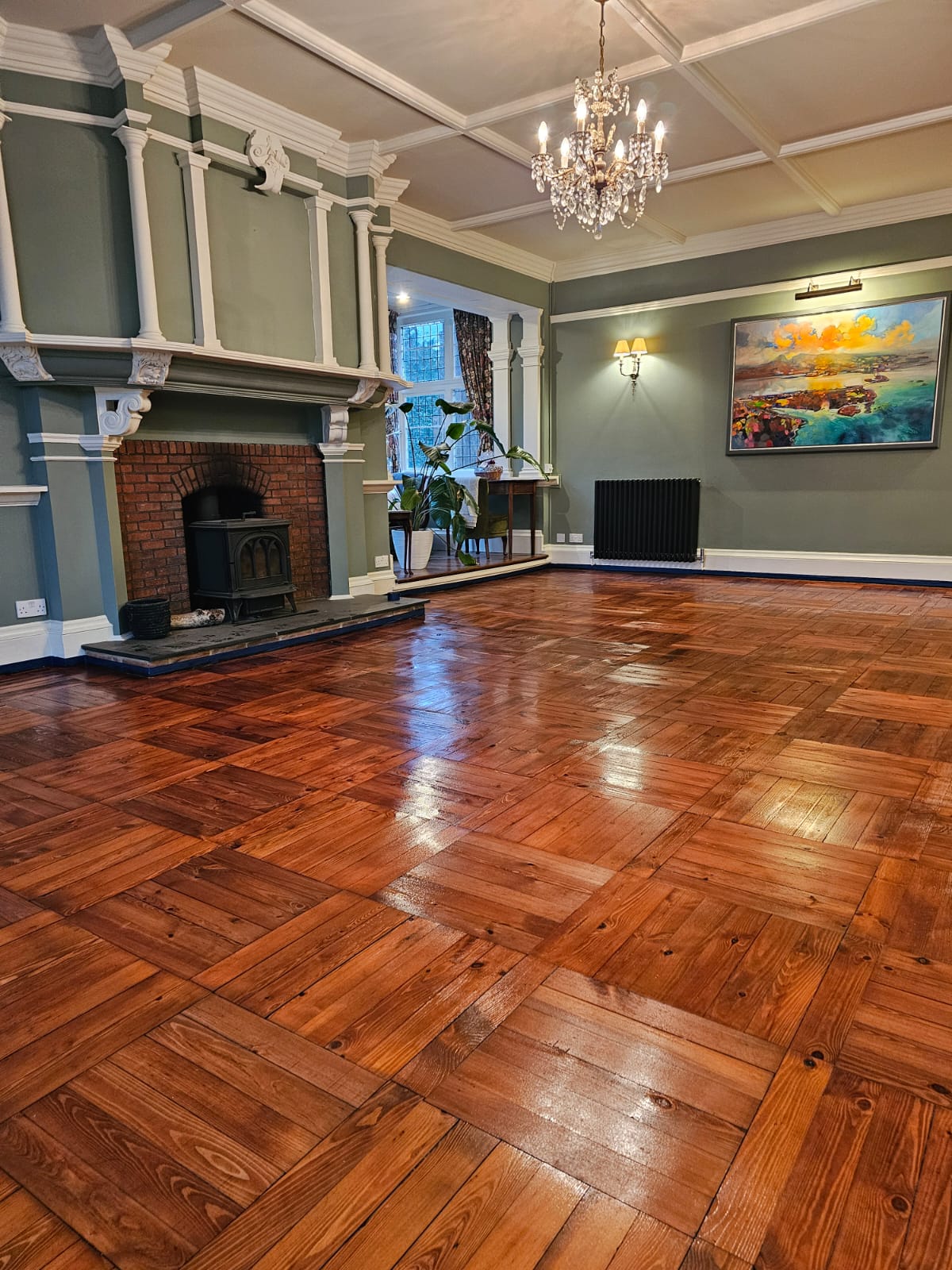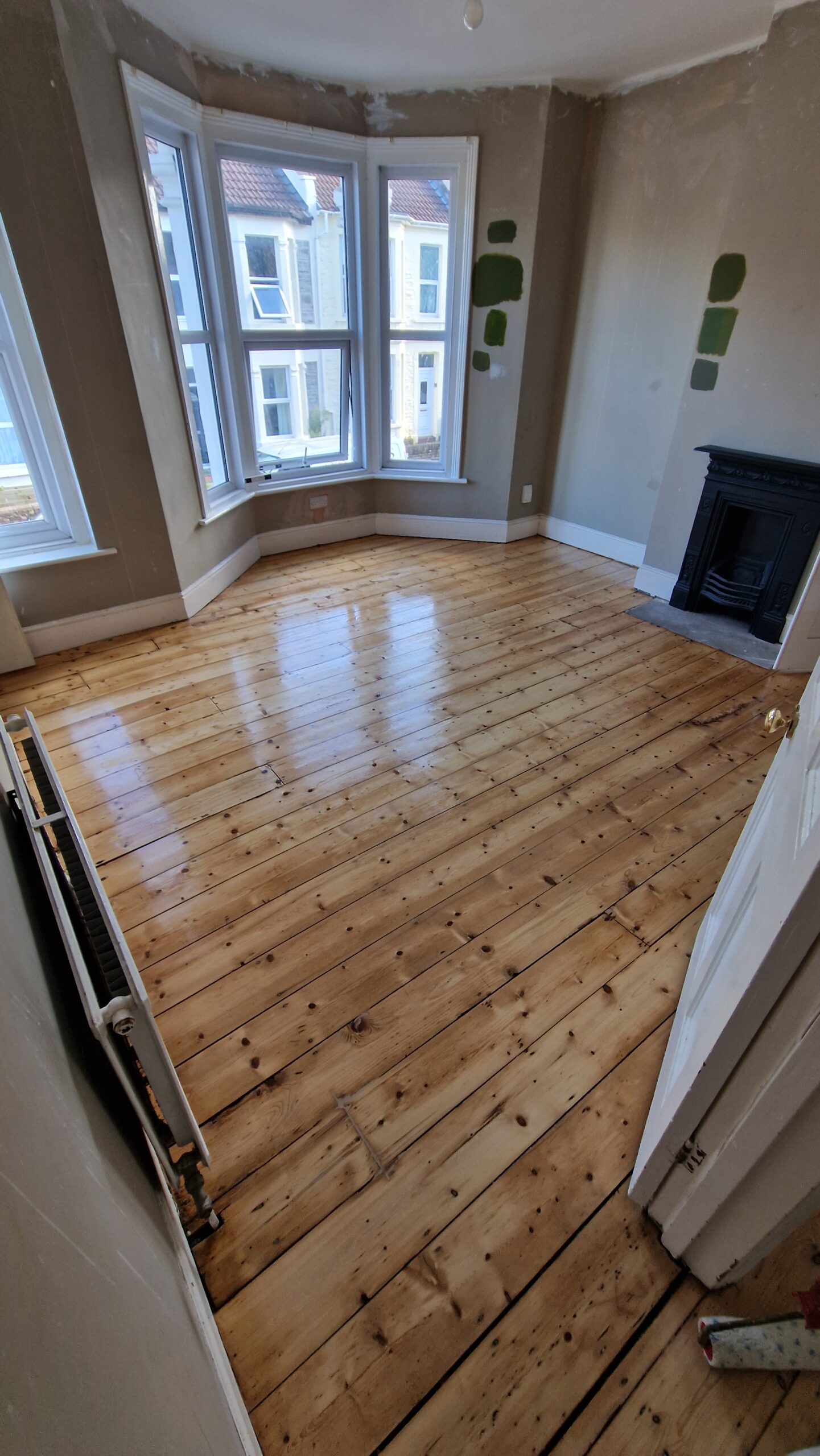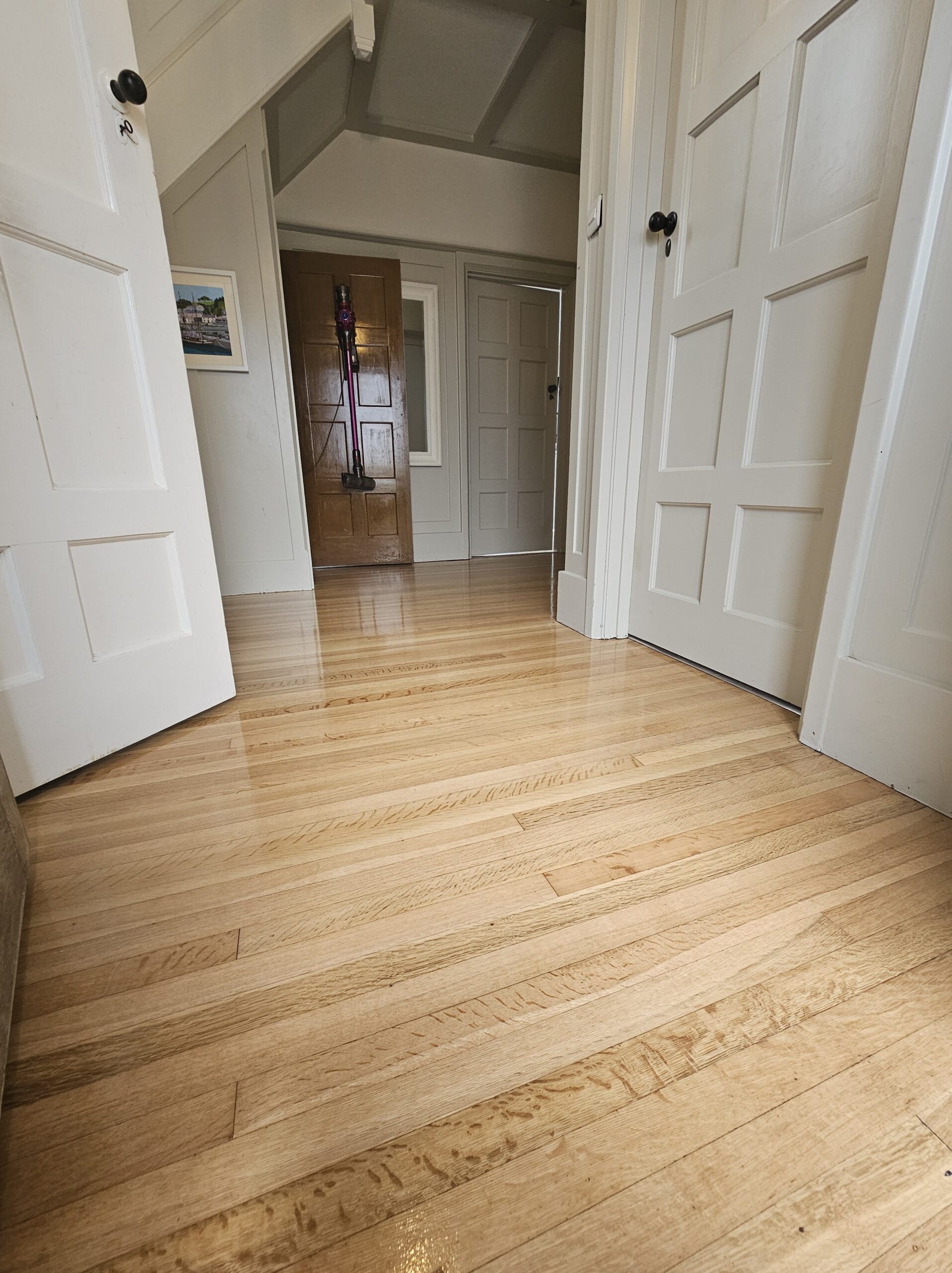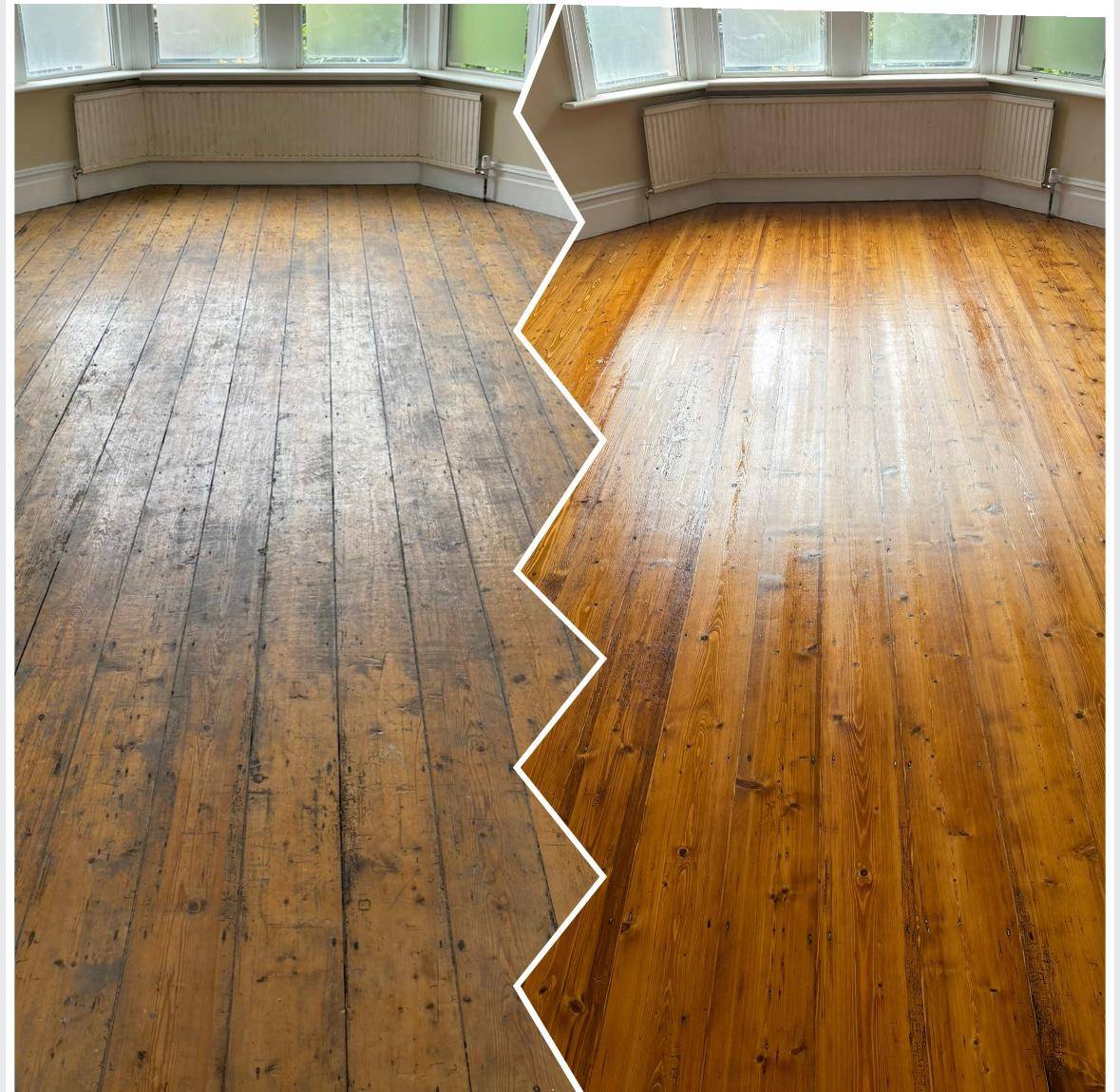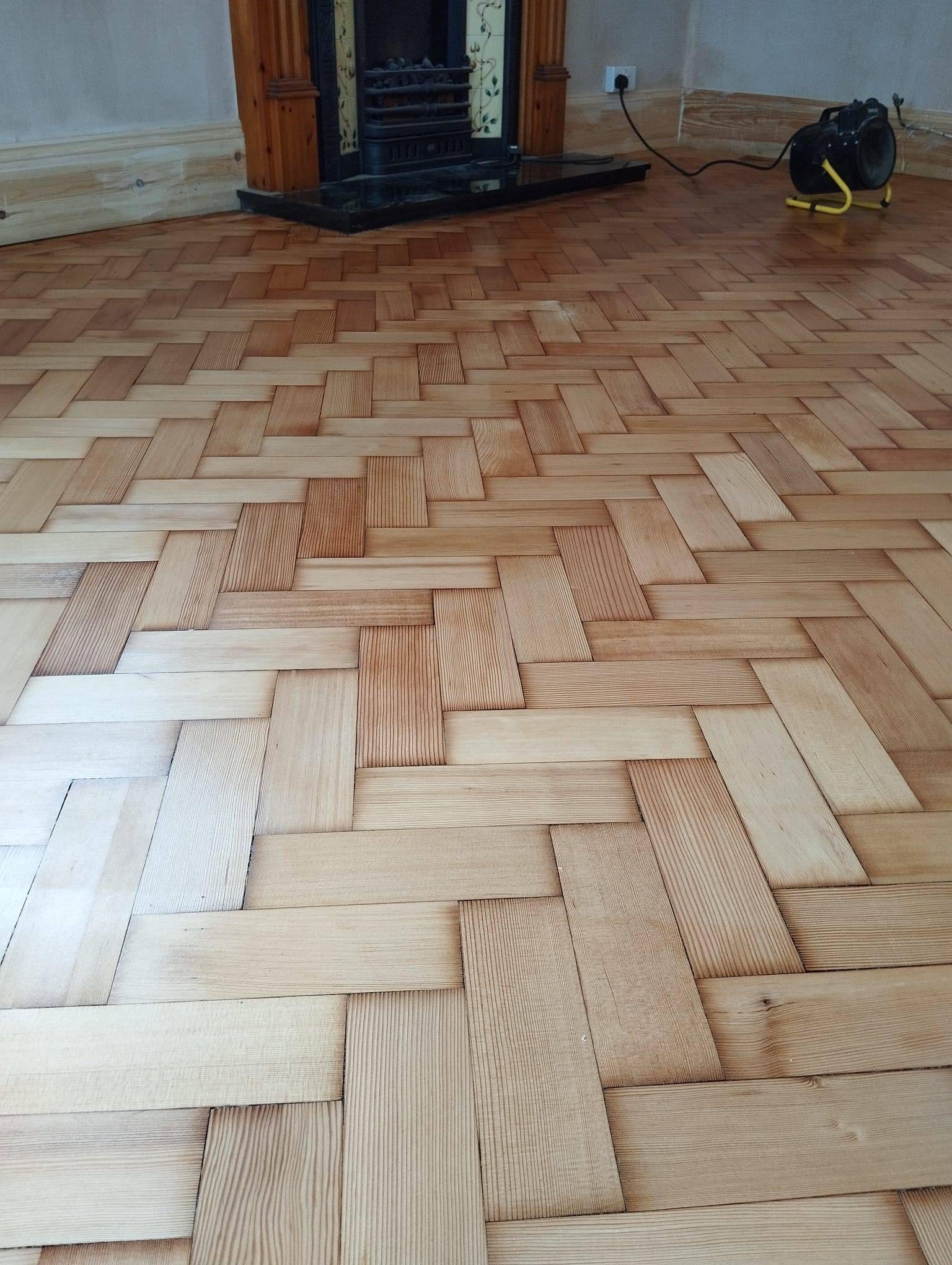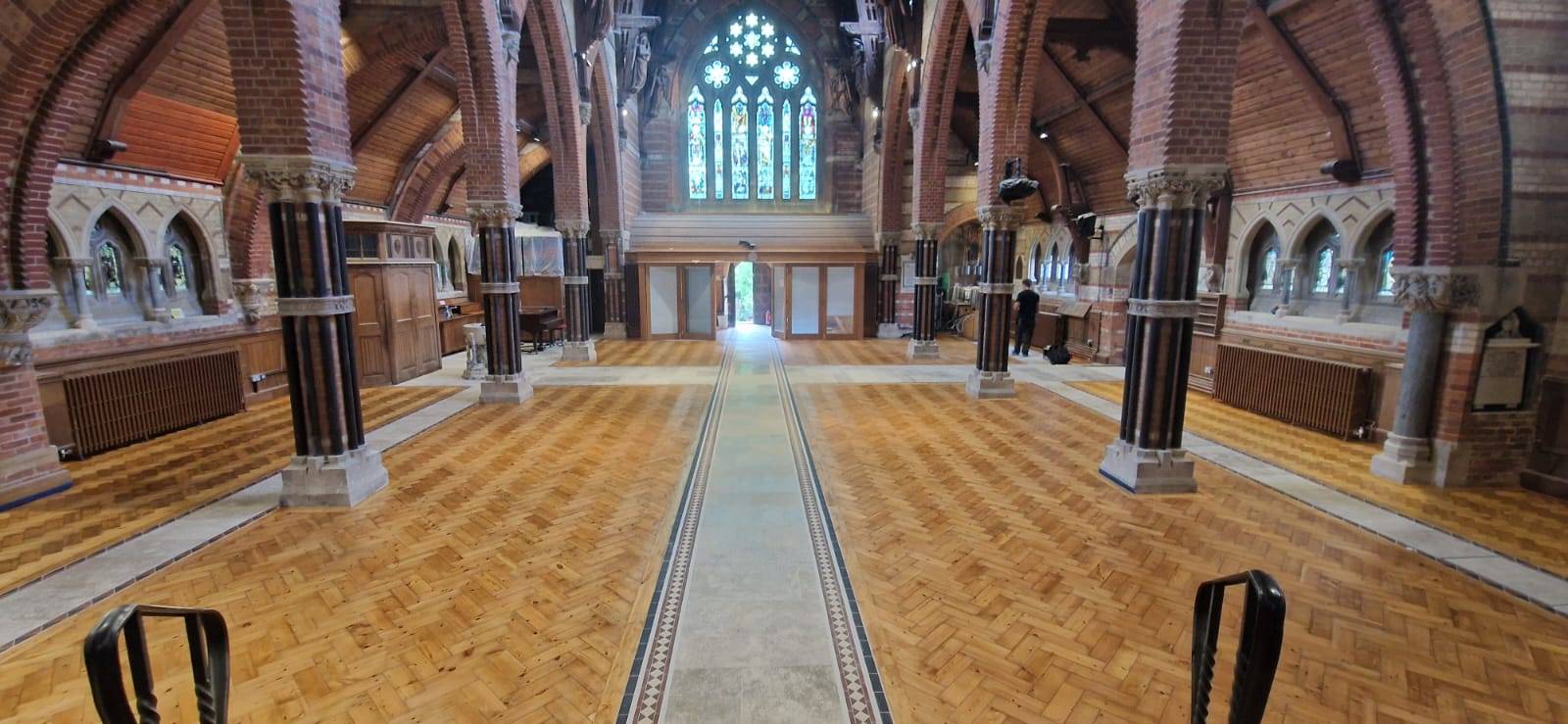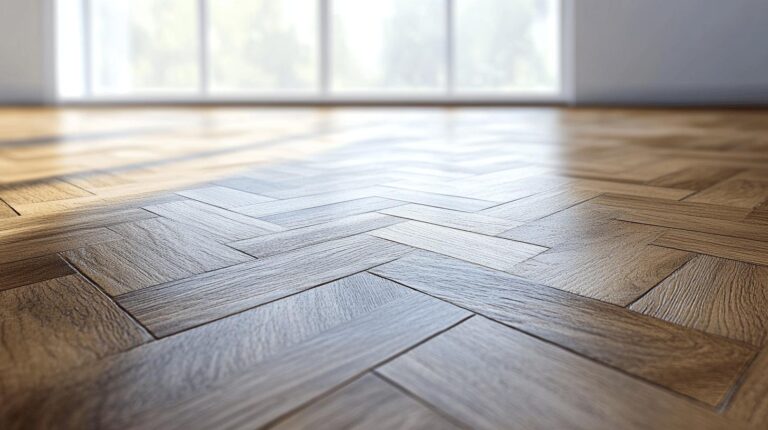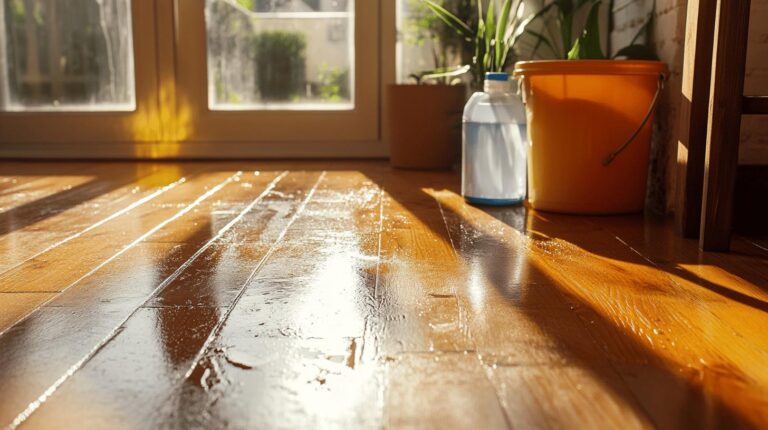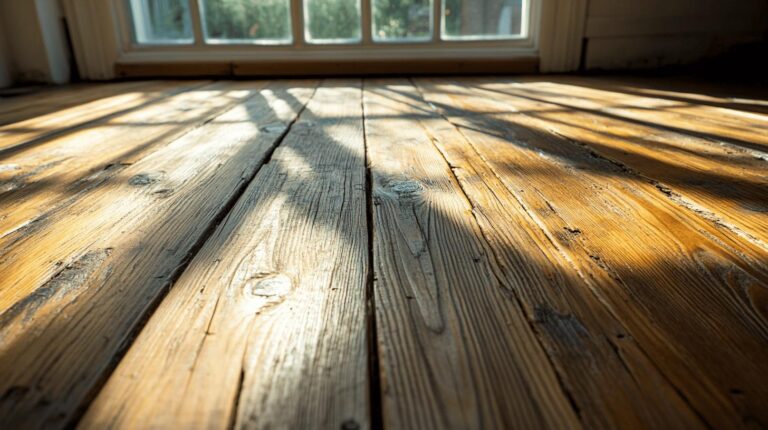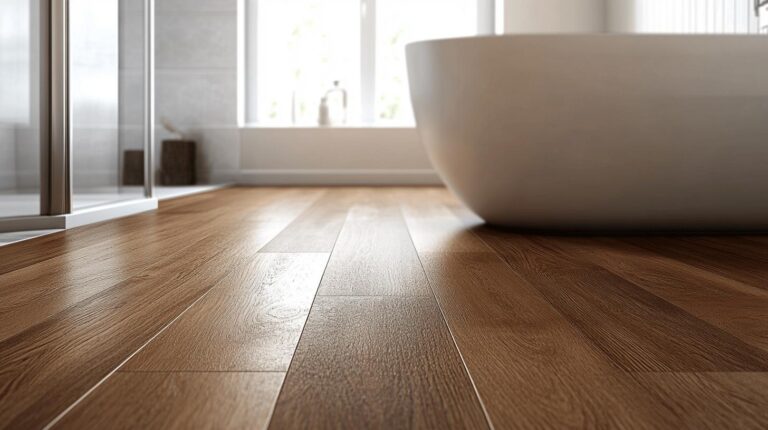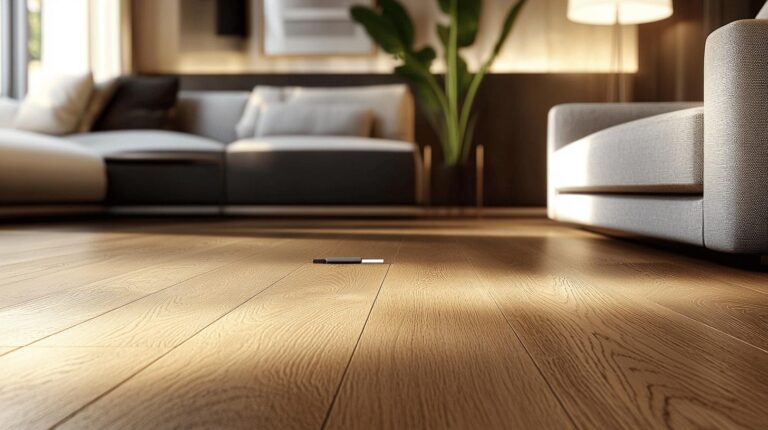Are you ready to transform your home with new wooden flooring but worried about busting your budget? Planning a whole-house wood floor renovation is not just about choosing the right wood—it’s also about mastering your finances. This comprehensive guide offers essential tips on budget planning, breaking down the real cost of materials and installation, and identifying savvy strategies to save money. With [Company Name]’s expertise, discover how to achieve a stunning floor makeover without compromising quality or blowing your budget. Dive into the details and make informed decisions for your home renovation project.
Comprehensive Cost Breakdown for Whole-House Wood Floor Renovation
When planning a whole-house wood floor renovation, understanding the cost variables of different materials is essential. Solid hardwood flooring is a premium choice, typically costing over £80 per square meter. Its timeless aesthetic and durability make it a popular option, but it comes with a higher price tag. In contrast, laminate flooring offers a more budget-friendly alternative at around £30 per square meter. While laminate may not provide the same longevity as hardwood, it still presents a visually appealing and cost-effective solution for those with tighter budgets.
Labour costs are another significant consideration in wood floor renovation. Professional installation of solid hardwood flooring generally ranges between £35 and £60 per square meter. This expense includes the expertise and precision that professionals bring to ensure a flawless installation. For those looking to cut costs, DIY installation is an option, though it requires a certain level of skill to avoid common pitfalls like uneven or unstable flooring. Additionally, hiring professionals typically incurs labour costs of about £250 per day, which should be factored into the overall budget.
Beyond materials and labour, other expenses must be considered to complete a successful renovation. Floor leveling is often necessary to ensure a uniform surface for installation, which can add to the costs. Finishing touches, such as sealing and varnishing, are crucial for protecting the floor and enhancing its appearance, contributing to additional expenses. These elements, while sometimes overlooked, play a pivotal role in the overall cost and quality of the renovation, ensuring the longevity and aesthetic appeal of the newly installed flooring.
Strategic Budgeting for Wood Flooring Renovations
Identifying financial limits and setting a realistic budget are crucial first steps in planning a wood floor renovation. Before making any commitments, one should evaluate their financial situation and determine the maximum amount they can allocate to the project. This involves considering all potential expenses, including materials, labour, and unexpected costs that may arise. Understanding these limits aids in prioritising needs over wants, ensuring that essential elements of the renovation are covered first. By establishing a budget that reflects both current financial capabilities and future financial goals, homeowners can avoid overspending and maintain financial stability throughout the renovation process.
- Opt for DIY where feasible, such as painting or basic installation tasks, to reduce labour costs.
- Purchase materials during sales or in bulk to take advantage of discounts.
- Choose cost-effective flooring options, like laminate or engineered wood, over more expensive materials.
- Refinish rather than replace existing flooring where possible to minimise expenses.
- Seek local recommendations for trustworthy and affordable tradespeople to ensure quality work without excessive costs.
.
Securing financing and managing expenses require thorough planning and discipline. Homeowners may consider options such as home improvement loans or personal savings to fund their projects. It is essential to compare different financing options and select one with favourable terms, ensuring long-term affordability. Once funding is secured, keeping track of expenses is vital. Regularly reviewing the budget and adjusting as necessary can prevent financial strain. By strategically managing both the funding and expenditure aspects of the renovation, one can achieve the desired results without compromising financial health.
Comparing Hardwood and Engineered Wood Options
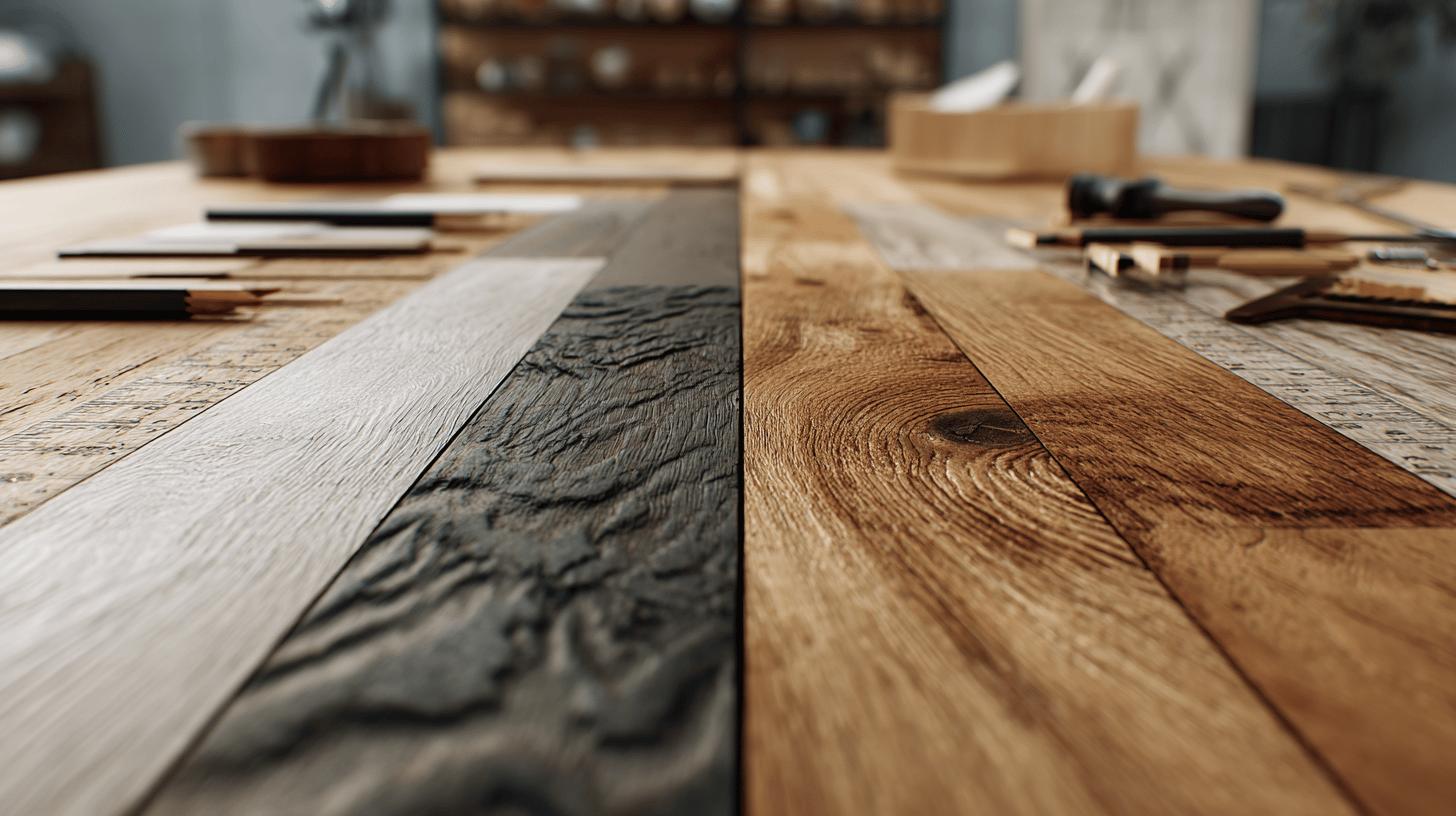
When comparing hardwood and engineered wood flooring, what are the key differences in cost and appearance? Engineered wood flooring is generally more affordable than solid hardwood, offering a similar aesthetic. The manufacturing process of engineered wood involves layering thin slices of wood veneer over a plywood base, which reduces costs without compromising on the visual appeal. On the other hand, solid hardwood is crafted from a single piece of timber, resulting in a timeless, luxurious finish. Although more expensive, it remains a preferred choice for those seeking an authentic and traditional look.
Which type of flooring is more durable and requires less maintenance? Solid hardwood is renowned for its durability, capable of withstanding decades of wear with proper care. It can be sanded and refinished multiple times, extending its lifespan significantly. However, it requires regular maintenance to prevent damage from moisture and scratches. Engineered wood, while slightly less durable, boasts superior resistance to humidity and temperature fluctuations, making it suitable for areas prone to these conditions. Its construction lends itself to easier maintenance, though it can only be refinished a limited number of times.
How do these options impact property value and investment potential? Solid hardwood often enhances property value more than engineered wood due to its enduring appeal and longevity. It is considered a desirable feature that can attract potential buyers, making it a worthwhile long-term investment. Engineered wood also contributes positively to property value, yet its impact is slightly less pronounced. However, for those with budget constraints, engineered wood provides an excellent balance between cost and return, serving as a practical choice for modern renovations.
Understanding Installation Expenses and Labour Costs
Professional installation costs for wood flooring can vary, typically ranging from £35 to £60 per square meter. This cost accounts for the expertise and precision that professional installers bring to ensure a high-quality finish. The price can fluctuate based on factors such as the type of wood flooring, the complexity of the installation, and the region. Hiring professionals also provides the advantage of insured work, which can protect homeowners from potential damages or mistakes.
While the higher upfront cost might seem daunting, it often results in a more secure and long-lasting installation, making it a worthwhile consideration for those prioritising quality and peace of mind.
- Pros of DIY Installation:
- Cost savings on labour expenses.
- Flexibility in scheduling and pace of work.
- Personal satisfaction and learning new skills.
- Cons of DIY Installation:
- Requires significant time and effort.
- Higher risk of errors leading to uneven or unstable flooring.
- Lack of professional tools and techniques.
.
Deciding between professional and DIY installation largely depends on one’s budget, skill level, and project scope. For those with limited budgets, DIY can be an attractive option, offering savings on labour costs. However, it demands a considerable time investment and the ability to handle potential challenges. For complex or extensive projects, hiring professionals may be the safer choice to ensure a high-standard finish. Ultimately, assessing personal capabilities and the specific needs of the project can guide homeowners in making the best choice for their wood flooring renovations.
Maximising Budget Through Cost-Effective Renovation Strategies
Investing in quality materials and maintenance is a crucial strategy in maximising a renovation budget. High-quality materials, although initially more expensive, often offer superior durability and longevity, reducing the need for frequent replacements or repairs. For instance, properly sanding and finishing hardwood floors can significantly enhance their lifespan and aesthetic appeal. This not only maintains the floor’s condition but also increases the property’s market value over time, making it a worthwhile investment. Moreover, regular maintenance, such as timely cleaning and sealing, helps preserve the floor’s integrity, preventing costly damage and extending the period between renovations.
- Prioritise preventative maintenance to avoid extensive repairs. Regular inspections and immediate repair of minor issues can prevent larger, more costly problems.
- Select durable finishes to protect floors from wear and tear. Opt for finishes that offer strong resistance to scratches and moisture, ensuring long-term preservation.
- Consider refinishing instead of replacing existing wood floors. This approach revitalises the floor’s appearance at a fraction of the cost of new flooring.
- Implement a consistent cleaning routine to maintain the floor’s condition. Using appropriate cleaning products and techniques can prolong the life of the finish and the floor itself.
.
These strategies can significantly enhance property value while reducing future costs associated with renovations. By focusing on quality and preventative measures, homeowners can ensure that their wood floors remain in excellent condition, thereby avoiding the financial burden of frequent refurbishments. This proactive approach not only safeguards the investment but also contributes to a more sustainable and efficient use of resources in the long run.
Practical Tips for Planning a Whole-House Wood Floor Renovation
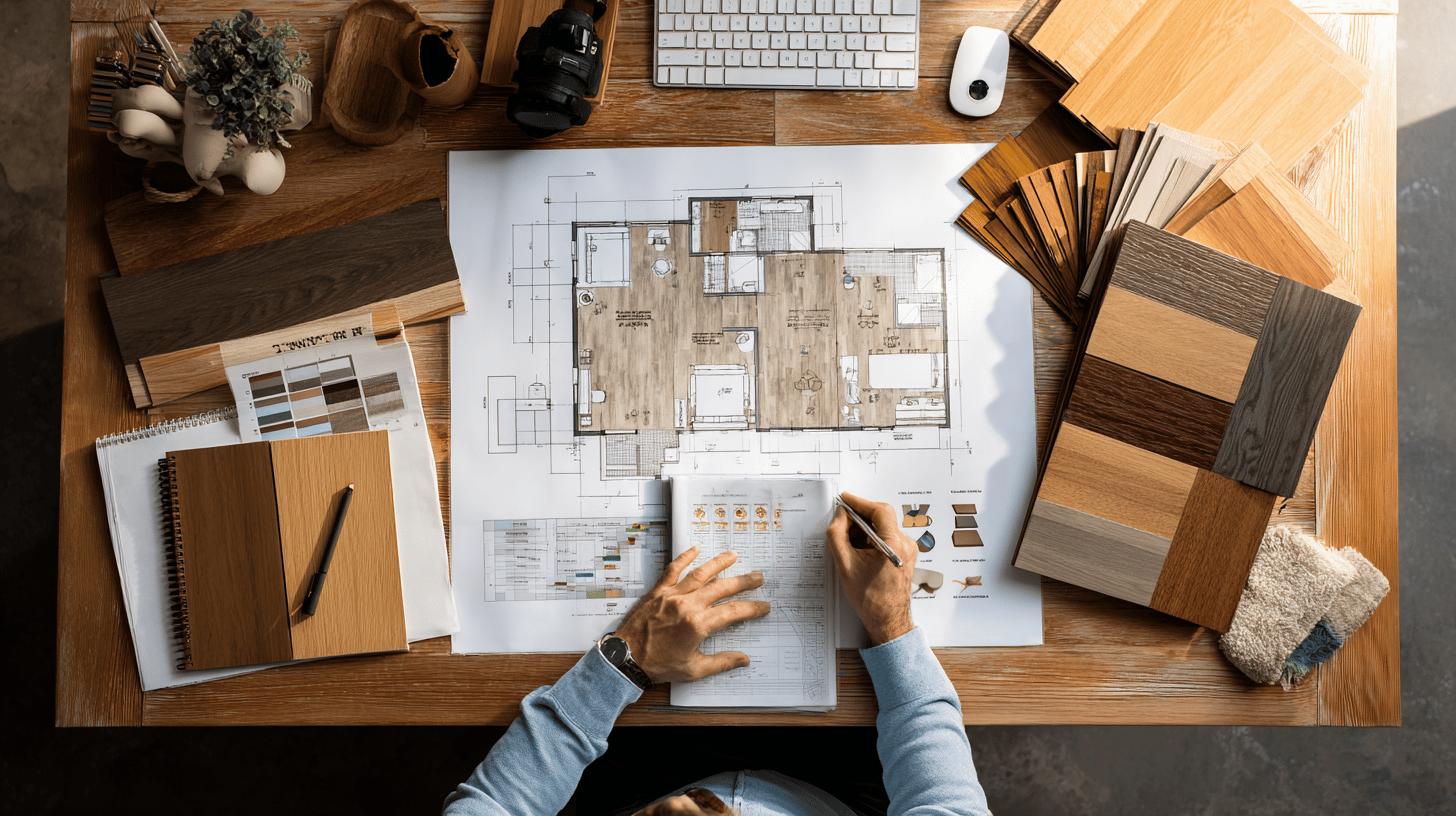
Efficient timeline planning is critical in managing a whole-house wood floor renovation. Why is it crucial to adhere to a timeline? Sticking to a well-organised schedule helps minimise ongoing costs like loan repayments, which can average around £1,000 per month. The faster the renovation is completed, the less financial strain from these recurring expenses. Prioritising key tasks and setting realistic deadlines can prevent delays that lead to increased costs. Moreover, an organised timeline allows for better coordination with contractors and suppliers, ensuring that materials and labour are available when needed, ultimately keeping the renovation within budget.
- Break down the renovation into smaller, manageable phases to maintain focus and control.
- Regularly review and adjust the project timeline to accommodate any unforeseen challenges or changes.
- Maintain clear communication with all parties involved to ensure everyone is aligned with the project goals and schedule.
- Allocate contingency time and budget for unexpected issues or delays to avoid derailing the entire renovation.
.
Strategic planning offers significant benefits for successful renovations. What are the advantages of meticulous planning? It maximises the budget’s potential by ensuring resources are allocated effectively, reducing waste and inefficiencies. Strategic planning also allows for the anticipation of potential obstacles, providing solutions before problems escalate. By adopting a structured approach, homeowners can achieve a seamless renovation process that meets their financial and aesthetic objectives, transforming their living spaces without unnecessary stress or expenditure.
Final Words
Embarking on budget planning for a whole-house wood floor renovation involves various considerations, from understanding material and labour costs to choosing between hardwood and engineered wood. Strategic budgeting and finding optimal cost-saving strategies are crucial for managing expenses effectively.
Balancing professional expertise with potential DIY efforts can significantly impact both outcomes and costs. Maximising your budget with quality materials and effective maintenance strategies contributes to long-term value gains.
A well-executed floor renovation enhances not just aesthetics but also property value. Thoughtful planning ensures both financial efficiency and high-quality results, making the renovation effort worthwhile.
Get a fixed quote → Contact Us
FAQ
Q: What is the cost of flooring a 3-bedroom house in the UK?
A: The cost to floor a 3-bedroom house in the UK depends on material and installation choices. Solid hardwood may cost over £80 per sq. meter for materials and £35-£60 per sq. meter for installation. For cheaper alternatives, laminate flooring costs around £30 per sq. meter.
Q: How can I estimate the cost of wooden floors using a cost calculator?
A: A wooden flooring cost calculator in the UK considers factors such as material type, room size, and installation method. For rough estimates, solid hardwood materials start at £80 per sq. meter, while laminate is about £30.
Q: What is the average cost of sanding and refinishing hardwood floors in the UK?
A: Sanding and refinishing hardwood floors in the UK typically costs between £12 and £30 per sq. meter, depending on the condition and any additional treatments required to achieve the desired finish.
Q: How much is floor sanding per square meter in the UK?
A: The cost for floor sanding in the UK ranges from £12 to £30 per square meter, reflecting variables such as floor condition and required finish type.
Q: How can I budget for a whole-house wood floor renovation?
A: Begin by defining your financial limits and set a realistic budget. Factor in material costs, ranging from £30 to over £80 per sq. meter, and installation costs, between £35 and £60 per sq. meter.
Q: What are some cost-saving strategies for wood floor renovations?
A: Consider DIY tasks where viable, source materials strategically, and compare installers for the best rates. Focus on durable finishes that require less maintenance and potentially enhance property value for long-term savings.
Q: What is the cost comparison between hardwood and engineered wood flooring?
A: Engineered wood is more affordable than solid hardwood but delivers a similar aesthetic. Hardwood presents a potentially better long-term investment if budget permits, due to its durability and impact on property value.
Q: What are the installation expenses for wood floors in the UK?
A: Professional installation costs for wood floors typically range from £35 to £60 per square meter. DIY installation can reduce costs but requires a high skill level to avoid complications such as uneven flooring.
Q: How can planning impact the cost of a whole-house wood floor renovation?
A: Efficient timeline and budget planning can minimise costs, while strategic project management helps manage ongoing expenses like loan repayments, ensuring successful renovation within financial limits.
